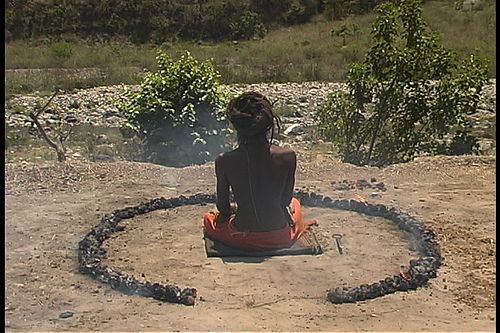
Durga Maa (Mother) Durga symbolizes the power of the Supreme.Durga – the goddess of power and strength, is perhaps the most important goddess of the Hindus.Maa Durga Goddess Durga is considered the Mother of the Universe.
रक्षांसि यत्रोग्रविषाश्च नागा यत्रारयो दस्युबलानि यत्र |
दावानलो यत्र तथाब्धिमध्ये तत्र स्थिता त्वं परिपासि विश्वम् ||
दावानलो यत्र तथाब्धिमध्ये तत्र स्थिता त्वं परिपासि विश्वम् ||




